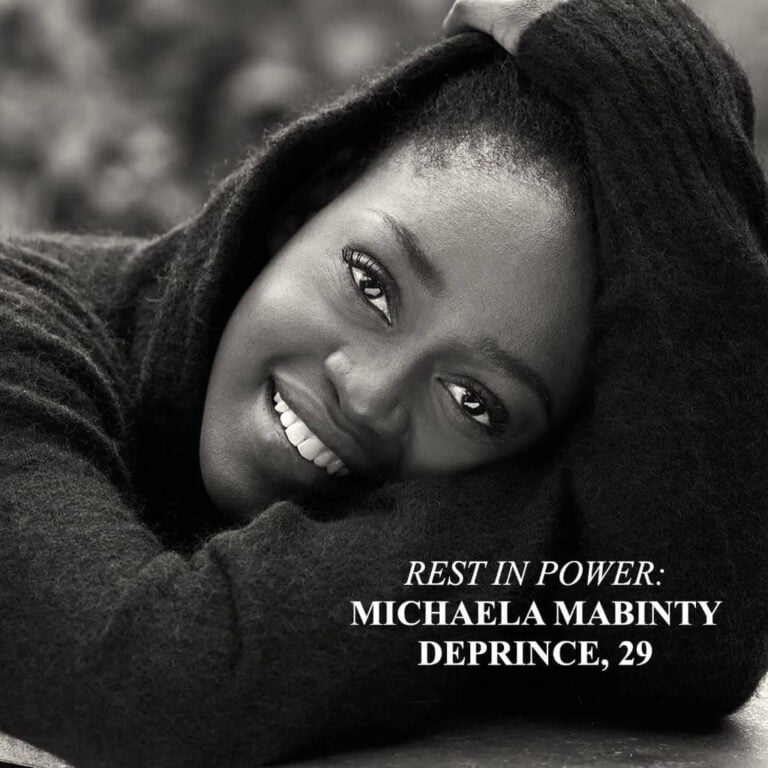In the world of ballet, few names evoke as much admiration and inspiration as Michaela DePrince. Her story, one of sheer resilience, talent, and grace, touched countless lives. On September 12, 2024, the world was met with the heart-wrenching news of Michaela’s passing, marking the end of a life that had illuminated the global stage with strength and beauty. However, even in her absence, Michaela’s legacy continues to shine, reminding us of the power of dreams and determination.
Early Life: From Sierra Leone to Stardom
Michaela DePrince was born on January 6, 1995, in Sierra Leone, a country in the midst of a brutal civil war. Her early childhood was marred by violence and loss. Orphaned at the age of three, Michaela found herself in an orphanage where she faced not only the hardships of war but also discrimination because of her skin condition, vitiligo. This condition caused patches of her skin to lose pigment, and she was cruelly labeled as “the devil’s child.”
But even in such dire circumstances, Michaela held on to hope. A pivotal moment came when she found a magazine with a picture of a ballerina on the cover. That image of beauty and elegance sparked a dream in her heart — a dream that seemed impossible in the chaos of her life at the time.
A New Beginning: Adoption and Ballet Dreams
At the age of four, Michaela’s life took a miraculous turn. She was adopted by an American family, the DePrinces, who lived in New Jersey. Her new parents, Elaine and Charles DePrince, gave her the love, security, and opportunities she had been denied. It was in America that Michaela began to pursue her dream of becoming a ballerina.
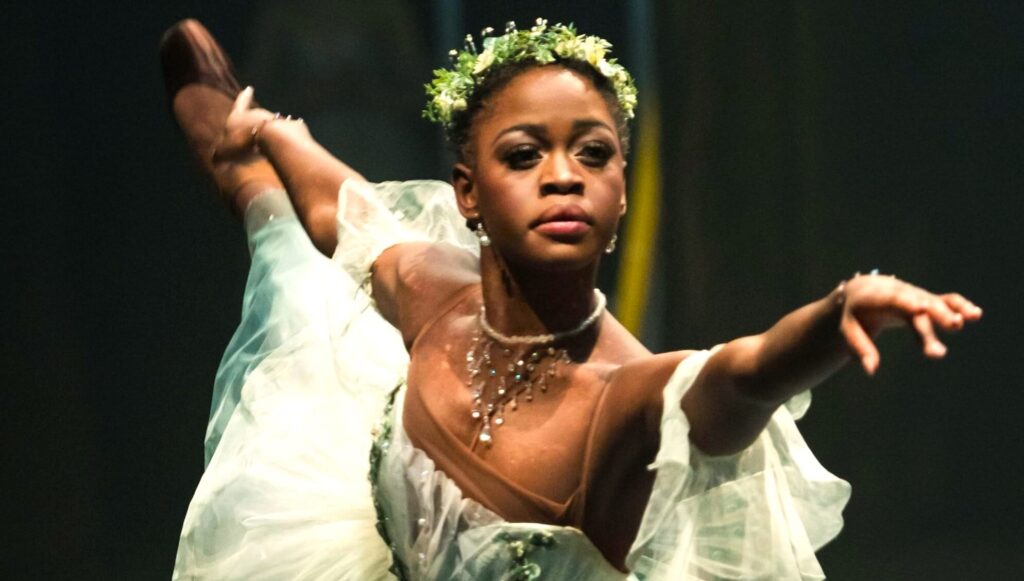
Despite the challenges of adjusting to a new country, Michaela was unwavering in her goal. She started ballet classes and quickly showed a remarkable talent for dance. Her passion, combined with an intense work ethic, helped her stand out from other young dancers.
However, Michaela’s journey was far from easy. The ballet world, with its longstanding traditions and expectations, was not always welcoming to a young Black girl. Michaela faced racism and rejection at various points in her training. She was told she didn’t “look like a ballerina” and was often passed over for roles because of the color of her skin.
Overcoming Obstacles: Racism and Bias in Ballet
The world of ballet, with its deep-rooted European traditions, has often been criticized for its lack of diversity. Michaela’s presence in this space challenged these norms. From a young age, she had to confront the fact that the ballet world was not built to include dancers who looked like her. Despite her undeniable talent, she was often judged not by her abilities but by her appearance.
There were instances when she was told outright that she couldn’t succeed because of her skin color. At auditions and performances, she faced comments about her body type, her hair, and even her skin tone. Some casting directors and ballet companies favored lighter-skinned dancers, and Michaela found herself constantly having to prove that she belonged on stage.
But Michaela never allowed these obstacles to define her. Instead, they fueled her desire to break barriers and prove that ballet could be a space for everyone, regardless of race. Her determination to succeed and her refusal to be held back by prejudice inspired countless other dancers of color to pursue their dreams.
Rise to Stardom: A Global Sensation
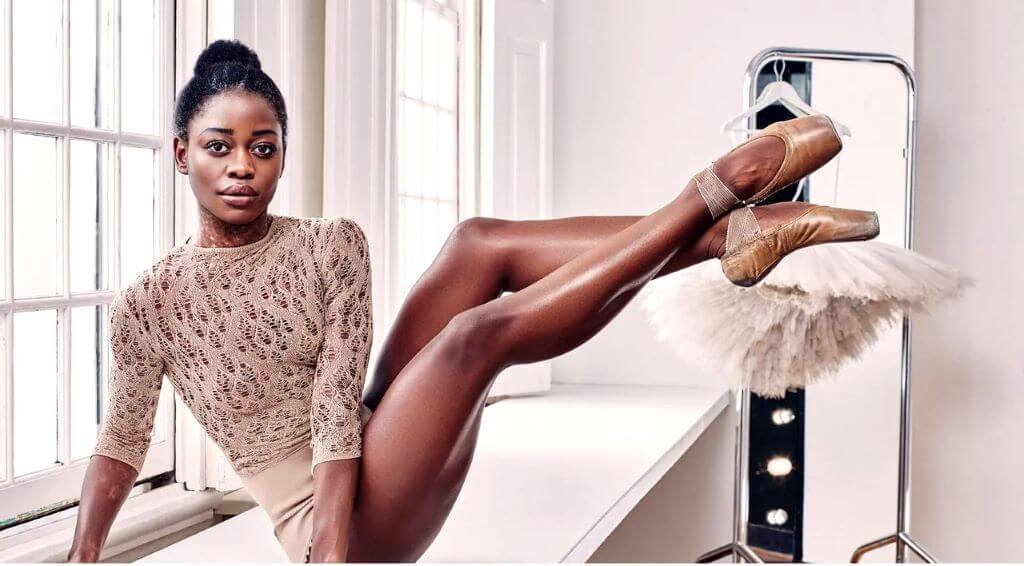
Michaela DePrince’s talent could not be ignored for long. In 2012, she gained international recognition when she appeared in the ballet documentary First Position, which followed several young dancers competing in prestigious ballet competitions. Michaela’s incredible skill and powerful story caught the attention of audiences worldwide.
Following the documentary, Michaela’s career skyrocketed. She performed with some of the world’s most renowned ballet companies, including the Dance Theatre of Harlem and the Dutch National Ballet, where she became a soloist. Her performances captivated audiences, not only because of her technical brilliance but also because of the emotion and passion she brought to the stage.
Her repertoire included roles in The Nutcracker, Giselle, La Bayadère, and many other classical and contemporary ballets. Michaela’s ability to seamlessly merge the grace of classical ballet with the emotional depth of modern performances made her a standout in the dance world.
Inspiring Others: Michaela as a Role Model
Beyond her success as a ballerina, Michaela DePrince became a powerful advocate for diversity and inclusion in ballet. She was vocal about the need for greater representation of dancers of color in classical ballet, challenging the status quo of a predominantly white art form.
Michaela also used her platform to inspire young dancers, especially those who came from underrepresented backgrounds. She became a beacon of hope for aspiring dancers who, like her, faced systemic challenges and discrimination. Her message was clear: no dream is too big, and no obstacle is insurmountable.
Taking Flight: From War Orphan to Star Ballerina
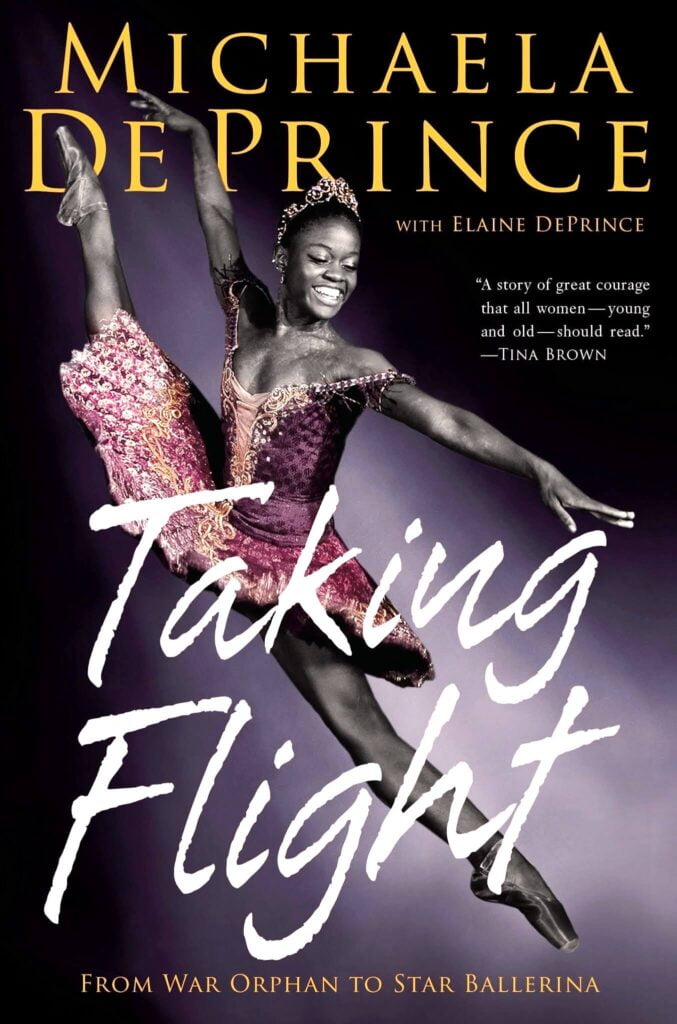
In 2014, Michaela co-authored the memoir “Taking Flight: From War Orphan to Star Ballerina“, which detailed her incredible journey from the war-torn streets of Sierra Leone to the world’s grandest stages. The book resonated with readers across the globe, particularly young people who saw in Michaela’s story a reflection of their own struggles and aspirations.
Tragic Loss: Michaela’s Death in 2024
On September 12, 2024, the world was shocked by the sudden news of Michaela DePrince’s passing. At the age of just 29, Michaela’s life was cut short, leaving behind a grieving global community of fans, friends, and fellow dancers.
The circumstances surrounding her death were met with profound sadness, and tributes poured in from every corner of the world. Ballet companies, fellow dancers, celebrities, and ordinary people who had been touched by her story shared their condolences and celebrated her extraordinary life. Many remembered Michaela not only as an exceptional dancer but also as a beacon of hope and resilience.
Michaela’s passing left an indelible mark on the dance world. Her story, however, will continue to inspire for generations to come. As the ballet world grieves the loss of one of its brightest stars, Michaela’s legacy as a trailblazer, an advocate, and an artist will endure.
Michaela’s Enduring Legacy
While her time on Earth may have been brief, Michaela DePrince’s impact was monumental. Her story, from a young orphan in Sierra Leone to a celebrated international ballerina, serves as a testament to the power of dreams, resilience, and hope.
Michaela’s legacy is twofold. First, as a dancer, she broke barriers and shattered stereotypes. She proved that ballet could be diverse and inclusive and that talent transcends race. Michaela’s performances will continue to inspire dancers and audiences alike, reminding them of the beauty that comes from dedication and passion.
Second, Michaela’s story is one of profound human strength. Her journey reminds us that no matter where we come from or what challenges we face, we have the power to shape our destiny. Michaela never let her difficult start in life define her. Instead, she used it as motivation to reach greater heights.
Honoring Michaela’s Memory
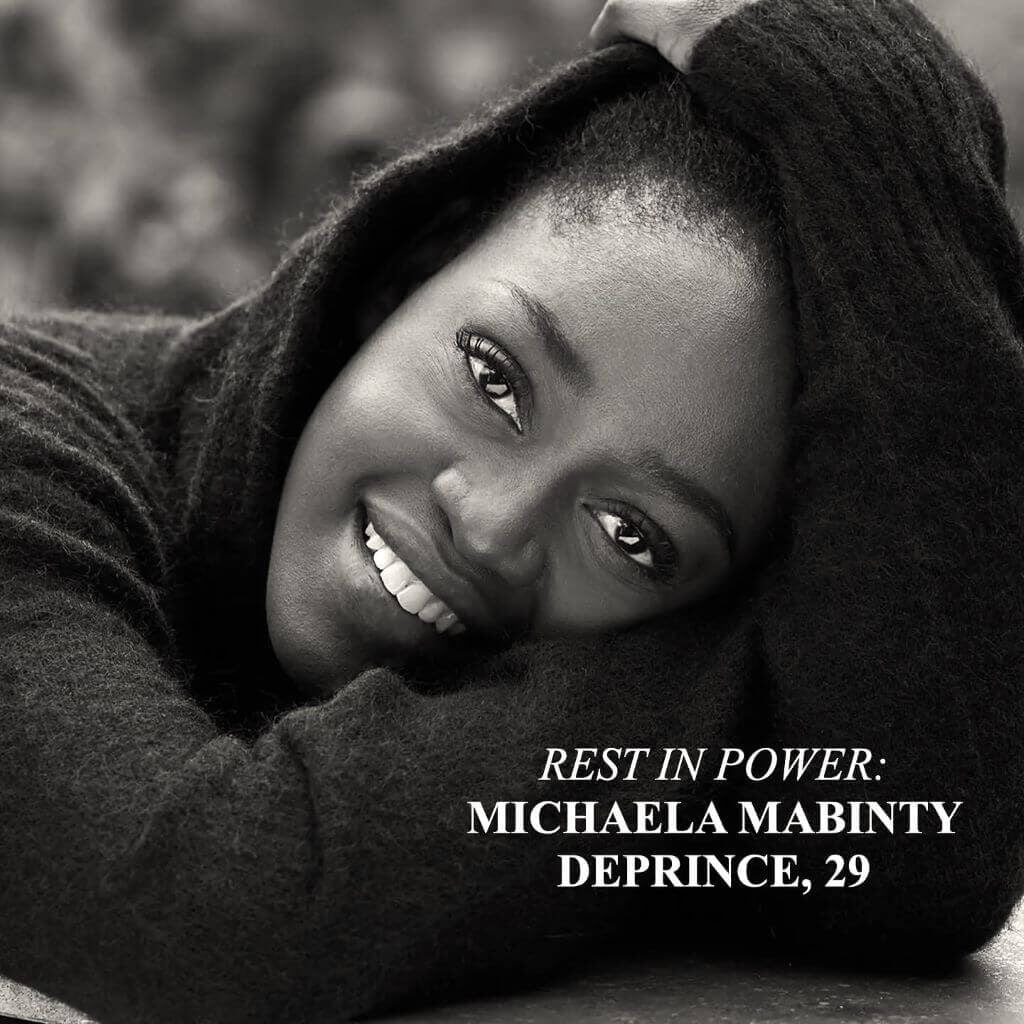
As the world continues to mourn Michaela DePrince, there are many ways in which her memory can be honored. Ballet schools and companies can continue her fight for diversity and inclusion, ensuring that young dancers from all backgrounds have the opportunity to succeed. Michaela’s story can be shared widely, not only as a story of ballet but as a story of perseverance and hope.
For young dancers, Michaela’s life serves as an enduring example of what is possible with hard work, dedication, and a refusal to give up in the face of adversity. Her journey reminds us all that while talent is important, it is resilience and the strength to overcome obstacles that truly define greatness.
Conclusion: A Legacy That Lives On
Michaela DePrince may no longer be with us, but her legacy lives on in the hearts of everyone she inspired. From the stages of the world’s most prestigious ballet companies to the lives of young dancers dreaming of their moment in the spotlight, Michaela’s influence is undeniable.
Her life was a celebration of perseverance, grace, and the belief that anything is possible. As the world remembers Michaela, we are reminded that her story is not just about ballet — it is about the triumph of the human spirit. Through her art and her advocacy, Michaela DePrince left an indelible mark on the world, one that will continue to inspire for generations to come.
Rest in peace, Michaela DePrince. Your light will forever shine on.
FAQ: About Michaela DePrince
Who was Michaela DePrince?
Michaela DePrince was a renowned ballerina born in Sierra Leone in 1995. She overcame incredible odds, including being orphaned at a young age during the Sierra Leone civil war, to become an international ballet star. She was adopted by an American family, where she pursued her dream of becoming a dancer and broke barriers in the world of ballet.
What challenges did Michaela DePrince face in her journey to becoming a ballerina?
Michaela faced numerous challenges throughout her life. She was discriminated against in Sierra Leone for her skin condition, vitiligo, and was often rejected in the ballet world because of her race. Despite these challenges, Michaela persevered and achieved success on an international level, becoming a role model for aspiring dancers everywhere.
What was Michaela DePrince’s breakthrough moment?
Michaela gained international attention in 2012 after appearing in the documentary First Position, which followed young ballet dancers preparing for a prestigious competition. Her story and talent captivated audiences, helping her rise to stardom in the dance world.
Which ballet companies did Michaela DePrince perform with?
Michaela performed with some of the world’s most renowned ballet companies, including the Dance Theatre of Harlem and the Dutch National Ballet, where she became a soloist. She danced in a variety of classical and contemporary ballets, earning critical acclaim for her performances.
What did Michaela DePrince advocate for in the ballet world?
Michaela was a strong advocate for diversity and inclusion in ballet. She spoke openly about the lack of representation for dancers of color in classical ballet and worked to inspire young dancers from underrepresented backgrounds to pursue their dreams.
When did Michaela DePrince pass away?
Michaela DePrince tragically passed away on September 12, 2024. Her death was met with an outpouring of grief from fans, friends, and fellow dancers across the world. She was just 29 years old.
What is Michaela DePrince’s legacy?
Michaela’s legacy is one of perseverance, resilience, and breaking barriers. She inspired a new generation of dancers, particularly those from minority communities, to believe that they too could succeed in the world of ballet. Her impact extended beyond dance, as she became a symbol of hope and determination for many around the globe.
How can Michaela DePrince’s memory be honored?
Michaela’s memory can be honored by continuing her fight for diversity in ballet. Ballet companies and schools can ensure more opportunities for dancers from diverse backgrounds. Her story can also be shared as a powerful example of overcoming adversity, inspiring future generations to pursue their dreams regardless of the challenges they face.
What book did Michaela DePrince write?
Michaela co-authored a memoir titled Taking Flight: From War Orphan to Star Ballerina in 2014. The book chronicles her incredible journey from a war-torn childhood in Sierra Leone to her rise as a star in the world of ballet.
What roles was Michaela DePrince known for performing?
Michaela performed in various classical and contemporary ballets, including The Nutcracker, Giselle, and La Bayadère. Her performances were celebrated for their emotional depth and technical brilliance, making her a standout on the global stage.
How did Michaela DePrince inspire young dancers?
Michaela inspired young dancers by proving that no matter their background or the obstacles they face, they can achieve their dreams through hard work, resilience, and passion. Her story resonated with aspiring dancers worldwide, especially those from minority communities who often feel underrepresented in ballet.
